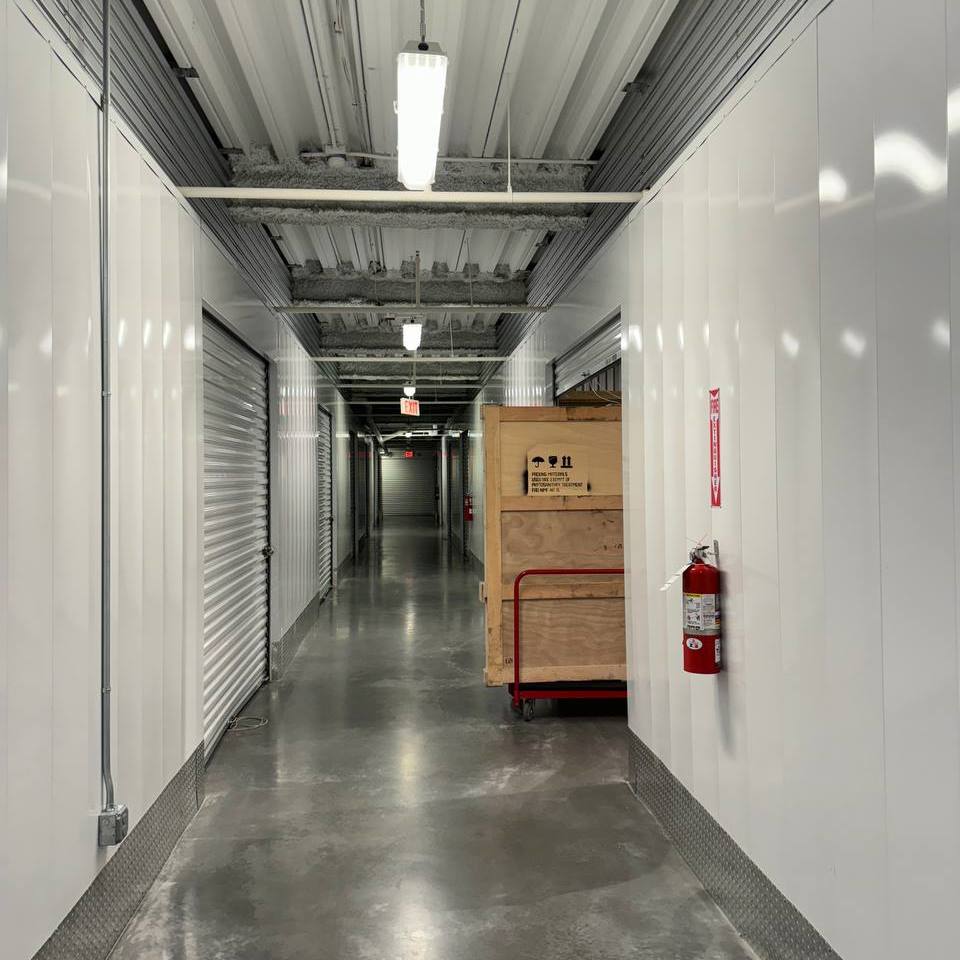The front of the art industry is glamorous and shiny; art galleries, museums, auctions, and private art spaces are elegantly designed to let artworks stand out. However, there’s also the back side thereof, which relates to the logistics and storage of the art pieces for the period when they are out of display. Behind the scenes, lots of the world’s best-known, precious artworks are kept in highly secure spaces known as fine art vaults. Here is a glimpse of what they represent and how they should be equipped to keep fine art fully safe.
What Are Fine Art Vaults?
Art vaults are customized storage spaces built specifically for the purpose of long-term art storage in ideal, perfectly stable conditions. Such vaults are equipped with advanced climate control and security systems to ensure protection from negative environmental impacts and theft. Their design minimizes the risk of damage and ensures that high-value artworks are intact from all hazards, making art vaults a safe storage solution for art businesses, institutions, and private collectors.
The Vault’s Anatomy
Why are fine art vaults regarded as the highest degree of art protection? This status is mostly attributed to them due to the presence of sophisticated protective and climate control systems. Here are the main features of a typical fine art vault:
- Fire protection system. Vaults are usually equipped with specialized fire suppression systems that use inert gas or clean agent systems to prevent the dissemination of fire. Regular water sprinklers are never used in art storage facilities because water can ruin delicate art surfaces.
- Seismic safety controls. If the vault is located in a zone of high earthquake risk, it should be equipped with shock-absorbing equipment or have specialized shelving that will save art from damage during tremors.
- Climate control equipment. The environmental conditions in vaults are meticulously regulated with sensors. The standard climate in a vault should be a temperature of 700F and a 50% relative humidity level – optimal conditions for long-term art preservation.
- Security safeguards. Vaults have thick concrete walls and biometric access controls to prevent theft, fraud, or vandalism. They should also be equipped with surveillance cameras that enable 24/7 security monitoring.
As you can see, art vaults are quietly doing the job of safeguarding the world’s most precious cultural heritage. The degree of safety and protection in such vaults is incredible, thus ensuring that unique art objects are preserved intact for future generations.
